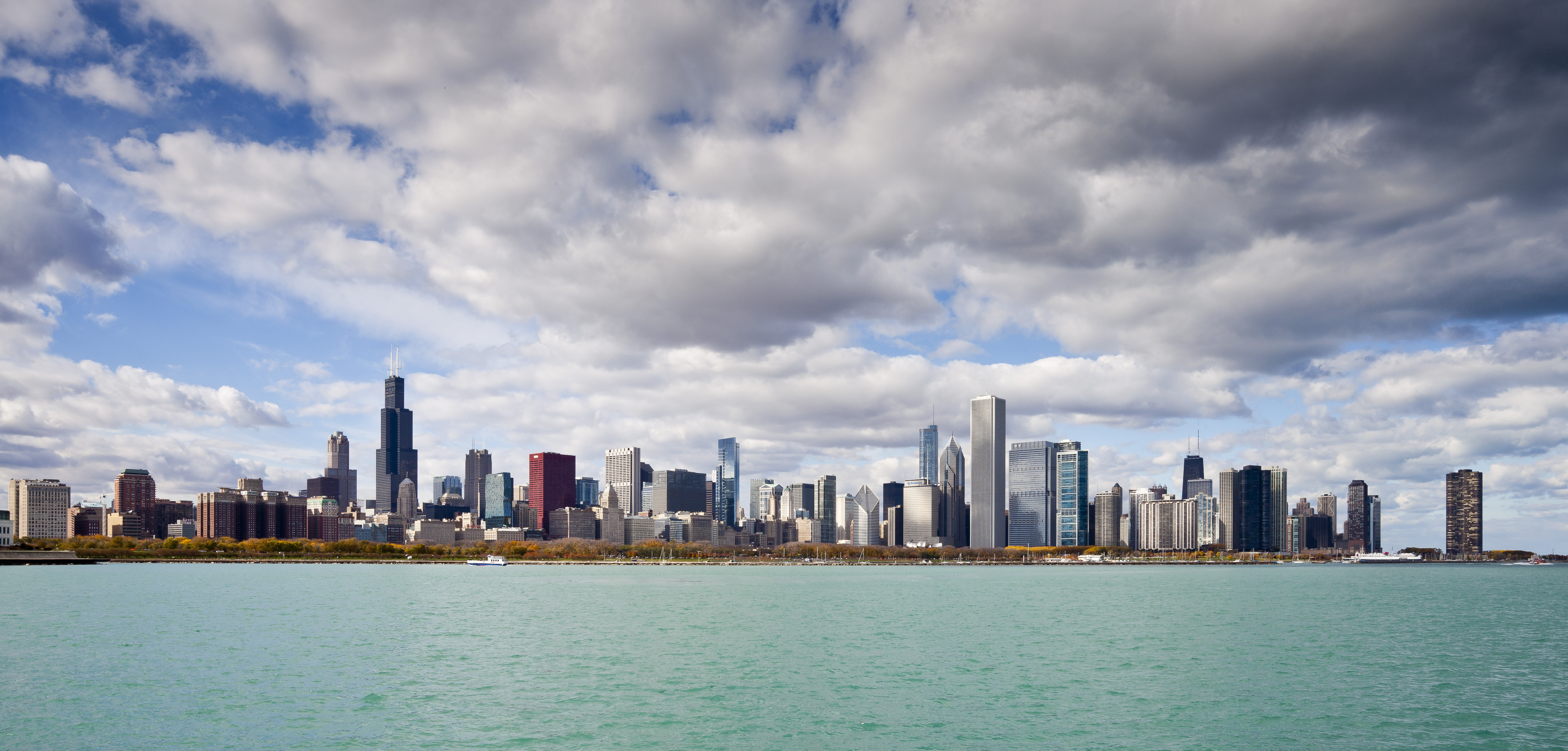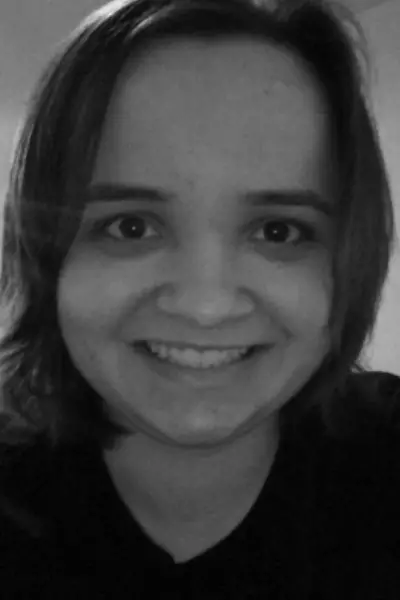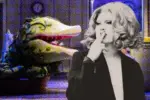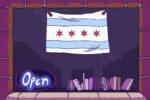The Mistrust of the Masses
The Chicago government’s misuse of funding has directly led to poorer communities and an increase in violence.
By Lauren Grimaldi, Roosevelt University
In American culture, we uphold the idea that everyone has the opportunity to become a huge success through hard work and perseverance.
But, every single person in this country is not given the same opportunity as the next, so this concept is untrue. The lack of equal opportunity is only greater for communities of color, and the problems facing the city of Chicago only serve to prove that.
It is mid-September and 500 people have been murdered in Chicago since 2016 began. That number, if you haven’t heard it already, is profoundly devastating. The amount of lives lost in Chicago has led many to believe the ridiculous notion that there must be something inherently wrong with the people closely affected by these crimes. Chicago Tribune columnist John Kass recently ignited a firestorm of discourse on the Windy City when he, in an op-ed for the nationally-recognized newspaper, referred to black men as “feral.”
“The shooters, these feral young men, aren’t an accident. They are the direct product of the Democratic welfare state that helped destroy families. The government became the father, the fathers became irrelevant or were driven off and black families that had withstood decades of Jim Crow segregation began to collapse,” Kass wrote.
His claims are not only incredibly racist, but they also breed the false argument that welfare has ruined families, rather than the truth: It actually assists those in need.
Kass, a successful white man, referring to Chicago’s African American community as “feral” is the quintessence of racism in America.
Views like his will only breed more ignorance in regards to the violence in Chicago. Some people will read Kass’ column and agree, but his argument couldn’t be further from the truth.
For starters, habitants of the areas most plagued by violence are given limited resources to improve their lives. Inadequate income and schooling are just some of the ways in which Chicago marginalizes people of color.
“Feral” means wild. It means unruly and dangerous. Using such a term to describe an entire community is wholly inaccurate and only adds to the problem.
Since 2000, over 400 people have been murdered in Chicago every year. Some years have accounted for more deaths than others, but until the city begins to fix the problems that the communities face, little to no change will happen.
Alex Kotlowitz’s telling book, “There Are No Children Here,” follows the Rivers family who lives in Chicago’s Henry Horner homes in the early 1990s. The Horner Homes were city sponsored housing for low income families that have since been torn down. The book offers, in compelling detail, how the poorer neighborhoods of Chicago, particularly those of color, are undermined and left to fend for themselves by the city’s government. It further addresses how violence consumes their lives and prevents them from doing simple things like playing outside—a privilege I have since learned is not something everyone in my area had experienced growing up.
This story reflects that of so many children today, and is a major part of the reason why so many young people defect into gangs and other groups. Their neighborhoods and education systems are both equally run-down, and some feel as if they have nowhere to turn.
Furthermore, unemployment amongst African American males in Chicago is almost at 50 percent. The city invests very little in building businesses, and therefore jobs, in these areas that are in desperate need of them. While unemployment among people of color is not just a Chicago problem, it is incredibly clear that Mayor Rahm Emanuel and his predecessors have done little to help Chicagoans in need. In fact, their treatment of these areas can be described as mere disinterest.
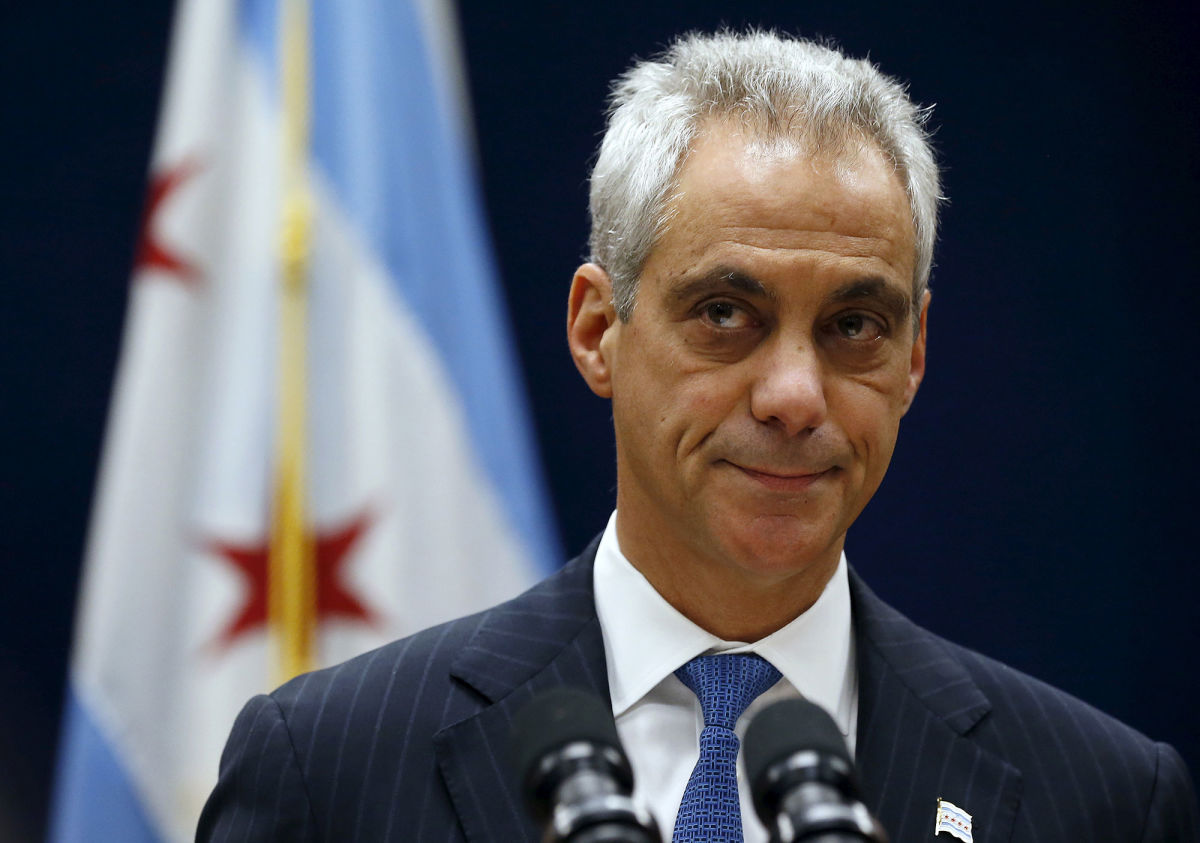
Instead of investing in communities that need it, Emanuel and his team instead decide to spend hundreds of millions of dollars reconstructing the Riverwalk and other spots to attract greater tourism to the city. While tourism is obviously an important part of the city’s economy, it remains that any profit acquired goes toward the wrong cause.
While there are some schools within the Chicago Public School system that do offer their students a chance at life, schools in some of the lower income communities, like Englewood and Austin, do not. Schools in these neighborhoods are shut down, forcing students to move to other schools that are farther away, leading to greater overcrowding in classrooms. And while the city certainly has the money to invest in keeping these schools afloat, they choose to spend their money in the wrong places. Mayor Emanuel has decided educational expenses are not worthwhile despite the compelling protests from parents and students alike.
As communities of color see their schools shut down by the powerful city, there is no denying that their chances of rising out of poverty have become even slimmer. The hoops they have to jump through to get their education are tough, and it’s why we see so many turn to lives of violence. To say they are at fault for the uptick in crime would be inaccurate because the city is ultimately responsible for their funding, and therefore, their opportunities in life.
In addition to all of this, the Chicago Police Department harbors a distrust within the African-American community. The tensions between law enforcement and communities of color have been well documented nationwide, and it is yet another problem that Chicago faces. The recent cover up of the Laquan McDonald shooting is a prime example of this issue. The involved police officers claimed that McDonald, an 18-year old, lunged at them with a knife, and they had no choice but to shoot him. However, video evidence of the act shows he was not coming toward the police in a threatening manner, but former police officer Jason Van Dyke fired 16 shots into McDonald’s body anyway and ended his life right then and there.

Police officers are supposed to serve and protect, but it is clear that some in the CPD are just as corrupt as Chicago’s politicians. Though it is clear that the police risk their lives every day to protect these areas, it does not bode well for community trust when such devastating incidents are covered up.
Of course, there are many issues in Chicago, but the Laquan McDonald case, the issues within the public school system and the misuse of funds only serve to prove that the people of Chicago’s communities are not at fault.
In a world where opportunity is everything, it is unfair that people in Chicago have a more difficult time in life because of their home address. The problem is mirrored in cities and states nationwide, but in Chicago, it is clear that the very livelihood of the citizenry is at risk due to this lack of opportunity.
Until the city recognizes their mistakes and begins to amend its years of ignorance, the lives of those plagued by this violence will only get worse. The longer they wait, the higher the homicide total will grow each year.
And that is truly the tragedy here.


